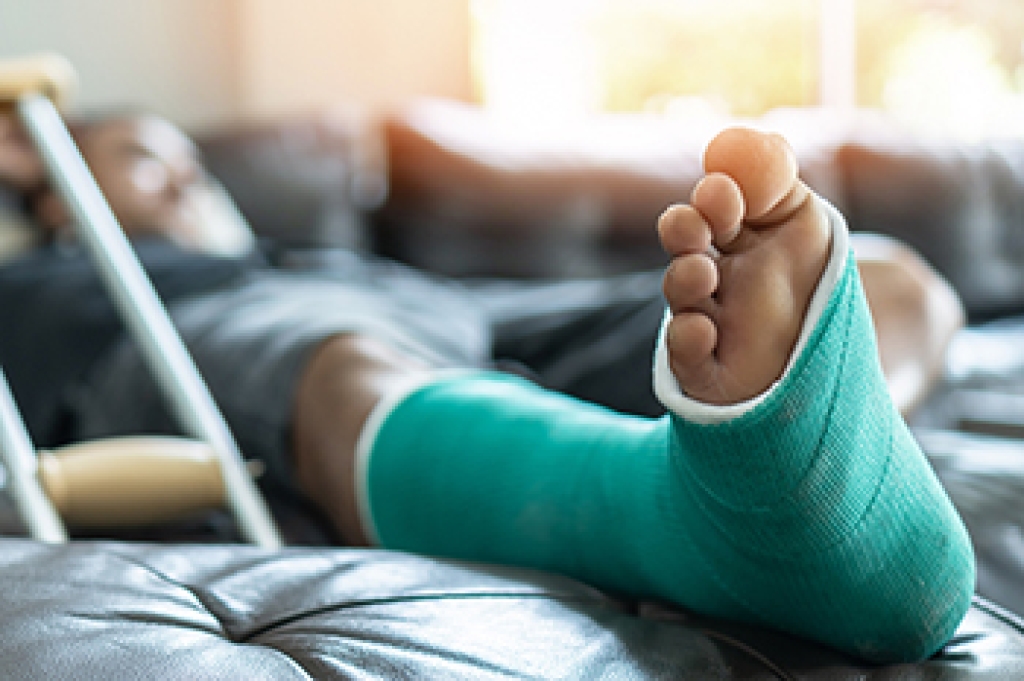 Your feet carry you throughout your life, and just like any other part of your body, they need daily care to keep them healthy. Good foot care starts with good footwear. Look for shoes and socks that are comfortable, supportive, fit properly, and are made from breathable materials. Avoid wearing shoes that are tight, narrow, or have excessively high heels. Give your feet an easy workout by going on a walk and doing some simple foot stretches. Wash your feet daily using lukewarm water and mild soap and be sure to dry the feet thoroughly. Moisturize your feet, particularly the soles and heels, to prevent dry, cracked skin. To learn more about good foot care practices, please consult with a chiropodist.
Your feet carry you throughout your life, and just like any other part of your body, they need daily care to keep them healthy. Good foot care starts with good footwear. Look for shoes and socks that are comfortable, supportive, fit properly, and are made from breathable materials. Avoid wearing shoes that are tight, narrow, or have excessively high heels. Give your feet an easy workout by going on a walk and doing some simple foot stretches. Wash your feet daily using lukewarm water and mild soap and be sure to dry the feet thoroughly. Moisturize your feet, particularly the soles and heels, to prevent dry, cracked skin. To learn more about good foot care practices, please consult with a chiropodist.
Caring for your feet is not just something done at the chiropodist’s office. Good foot care starts at home. If you would like to learn more about daily foot care practices, please consult with one of our chiropodists from West Toronto Foot & Ankle Clinic Inc. . Our chiropodist can help you maintain the health of your lower limbs and your mobility.
There are many things that you can do at home to help care for your feet, including:
- Wearing shoes and socks that fit properly
- Washing the feet daily with soap and water
- Drying the feet thoroughly
- Applying moisturizer to the soles and heels of the feet
- Taking a walk and exercising the feet regularly
- Doing foot stretches and strengthening exercises
A chiropodist can help figure out a manageable foot care routine for you to keep your feet healthy. If you have any questions please feel free to contact our office located in Toronto, ON .
 Heel pain
Heel pain


